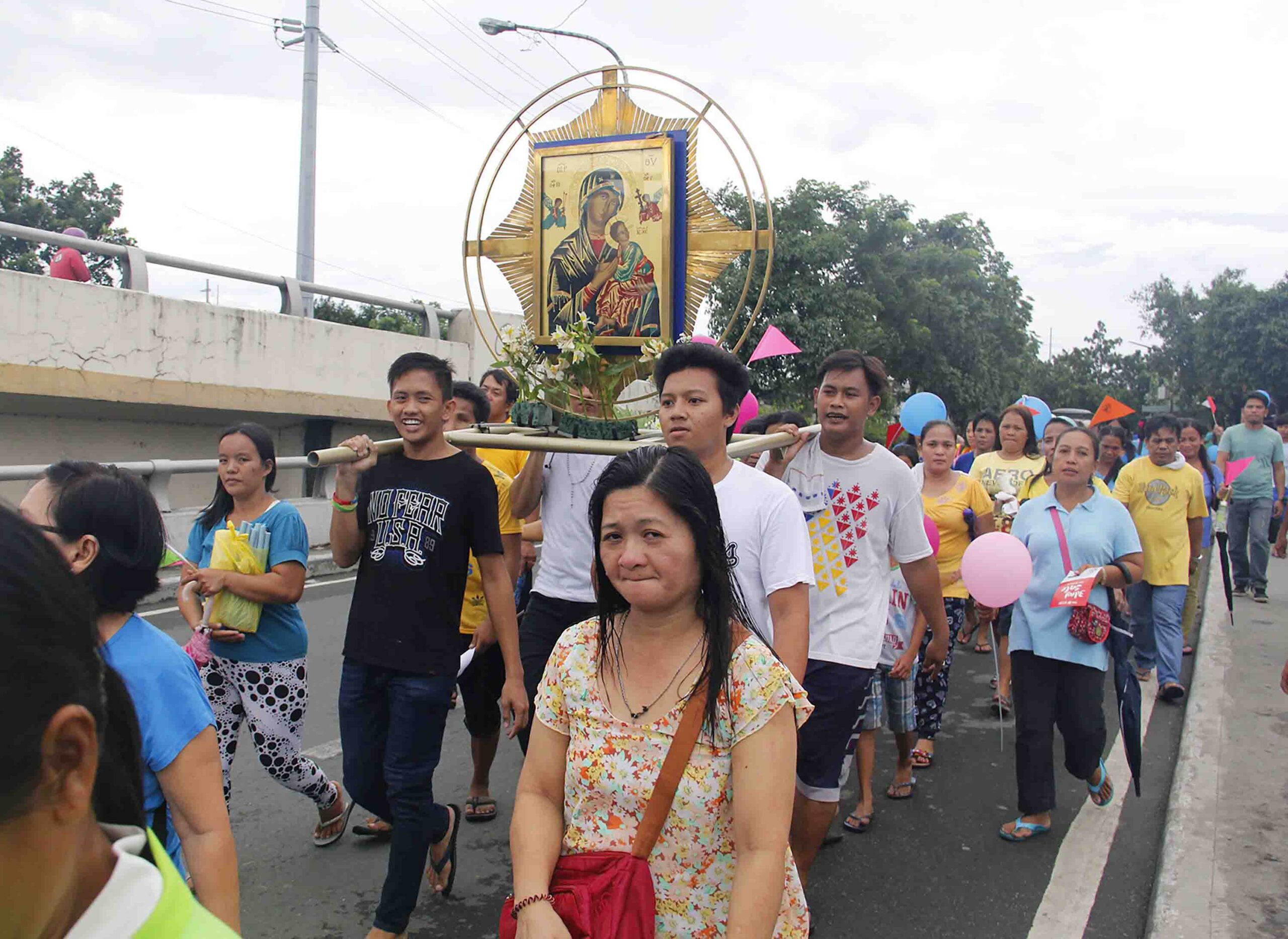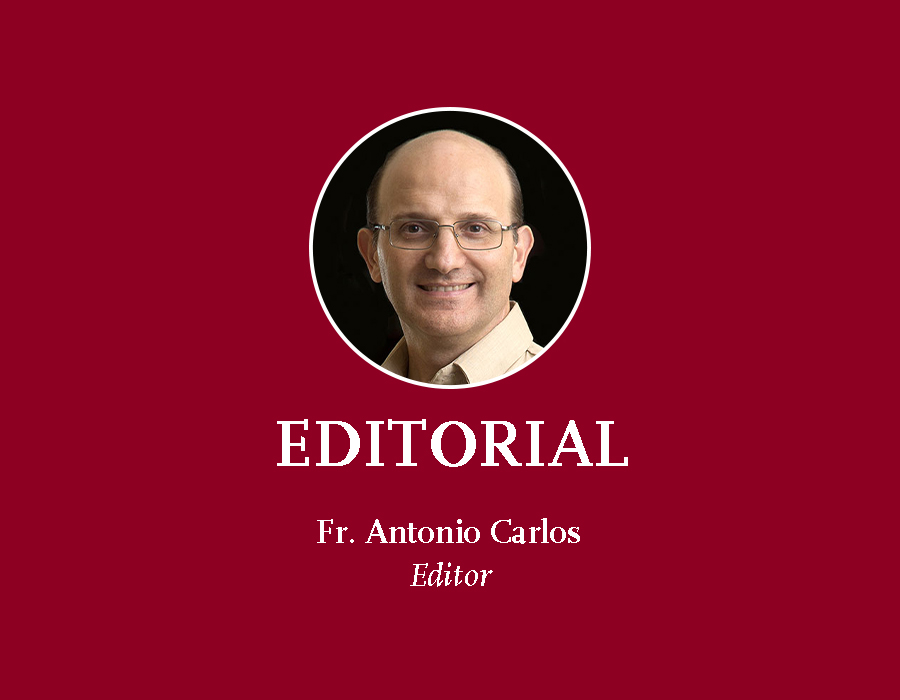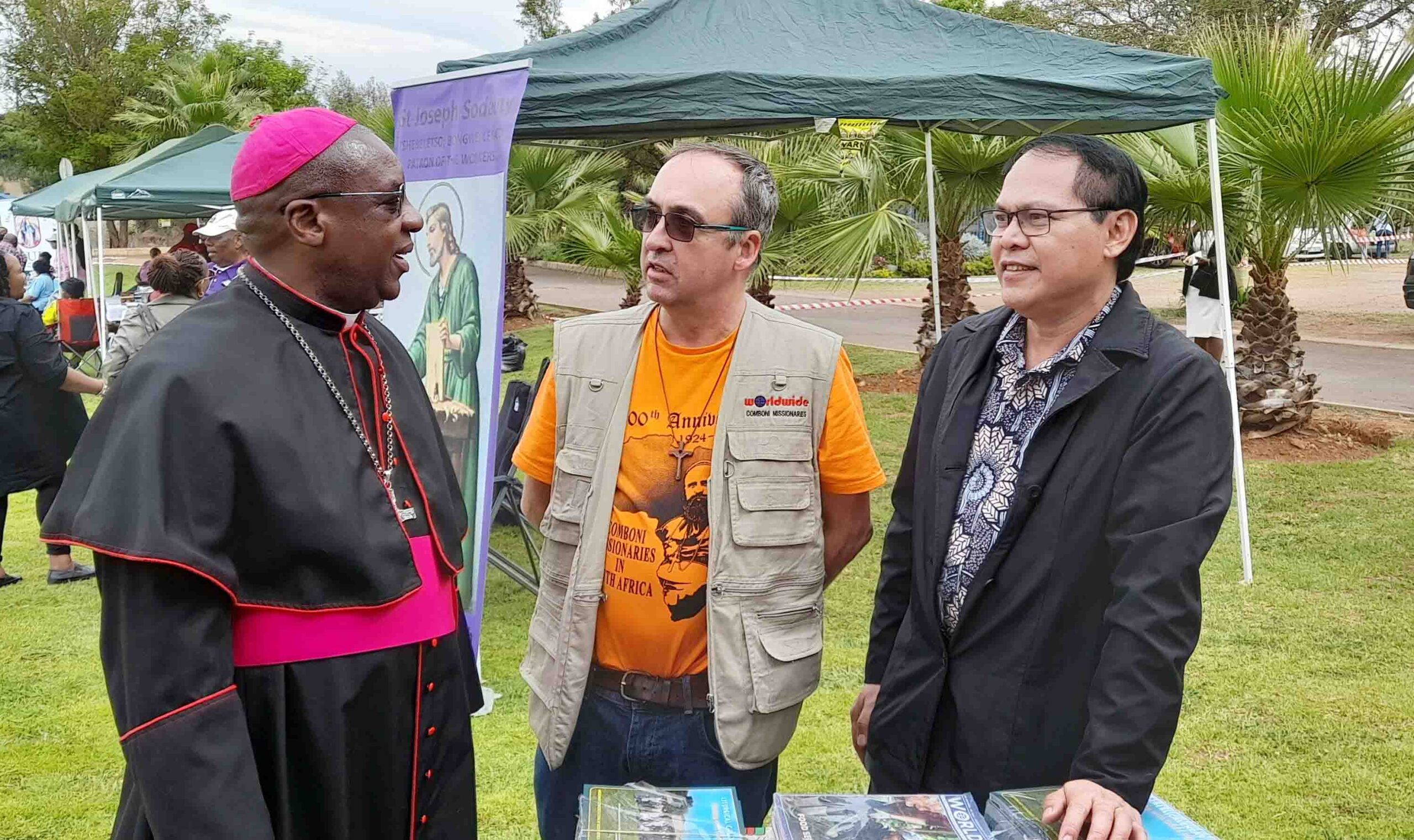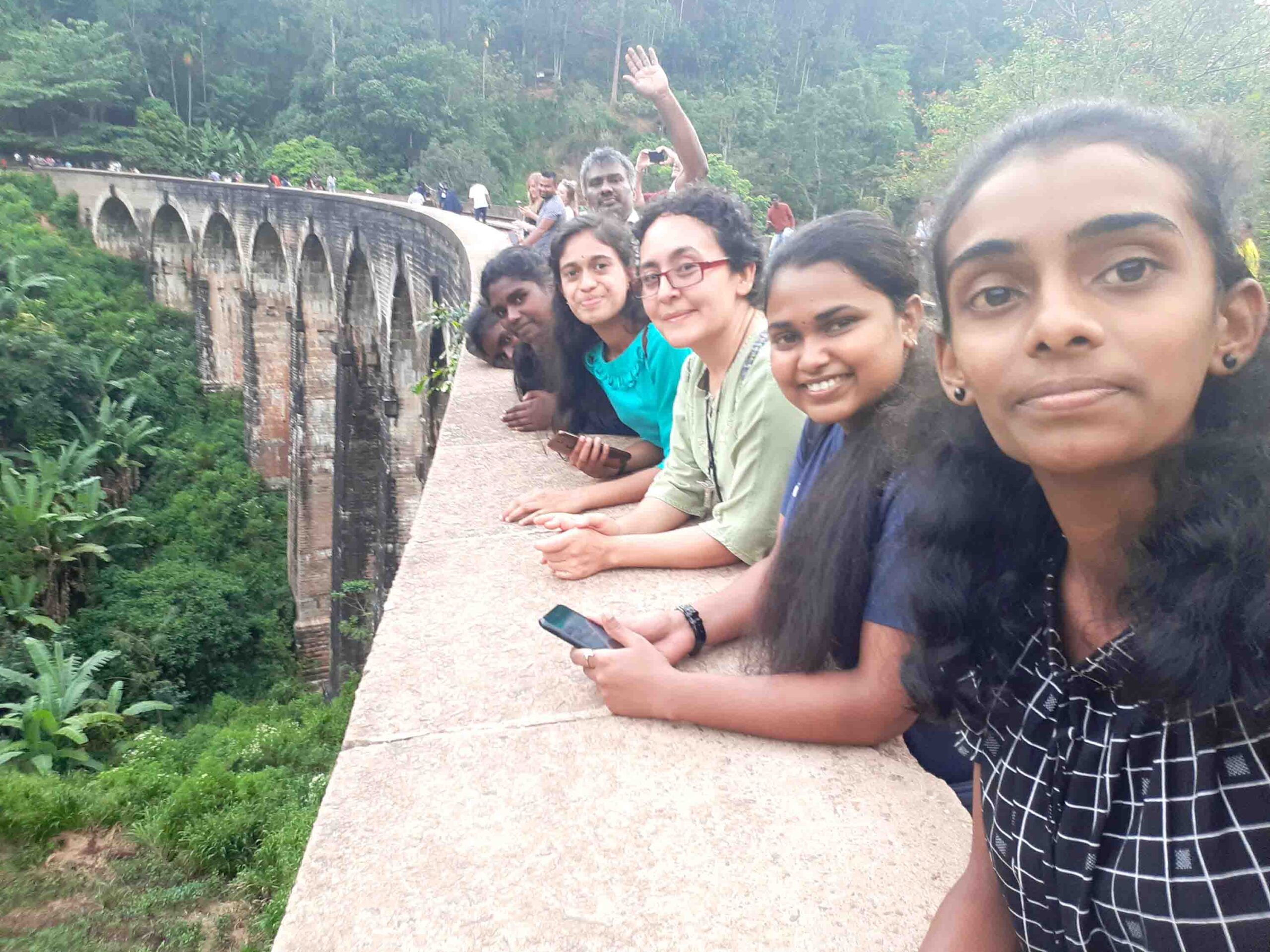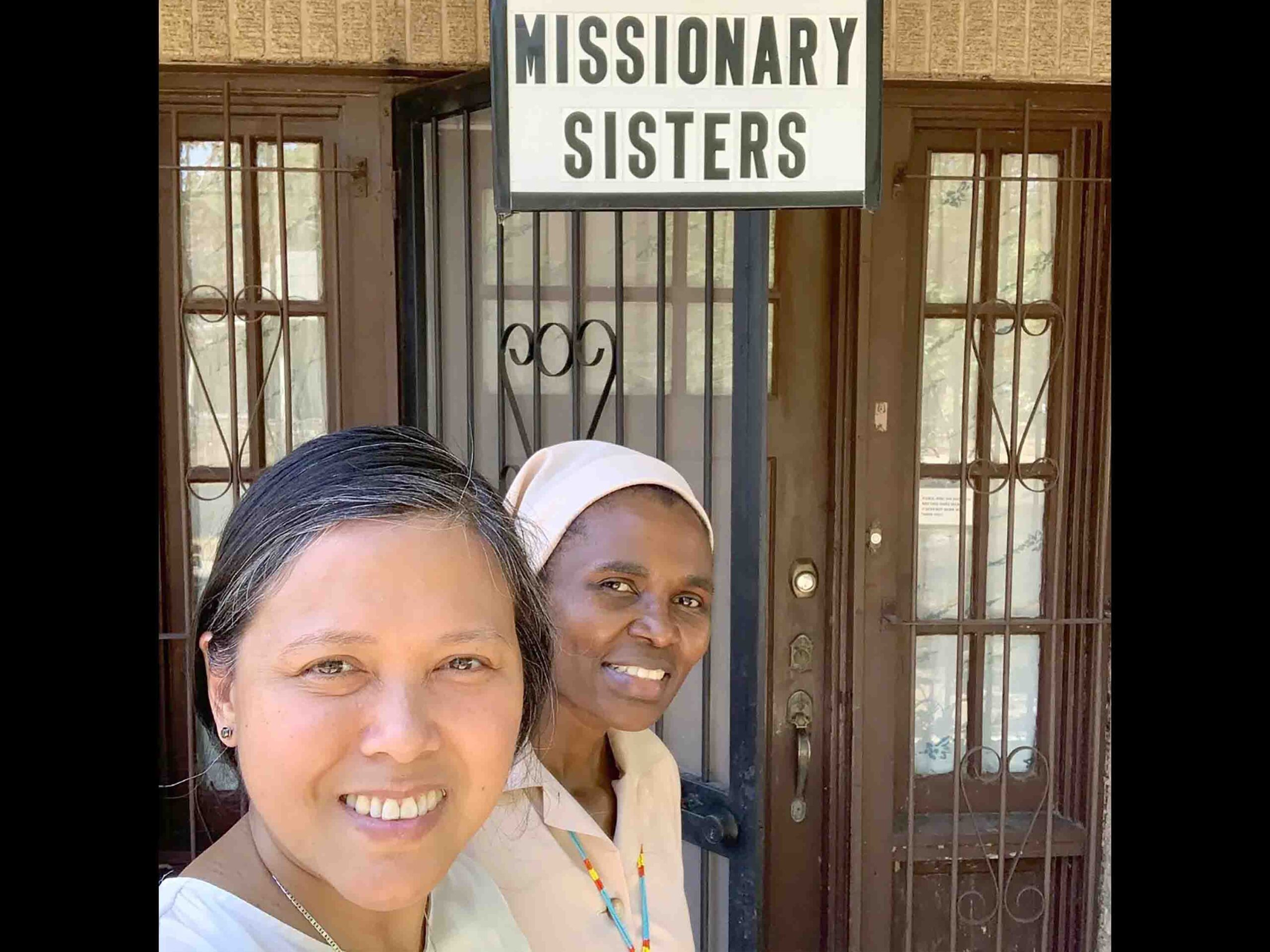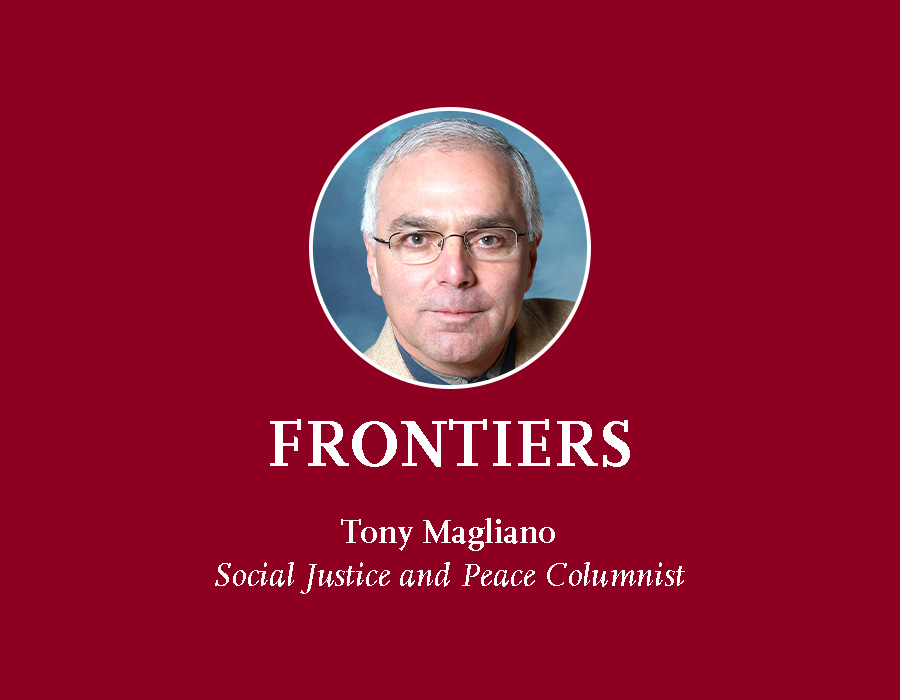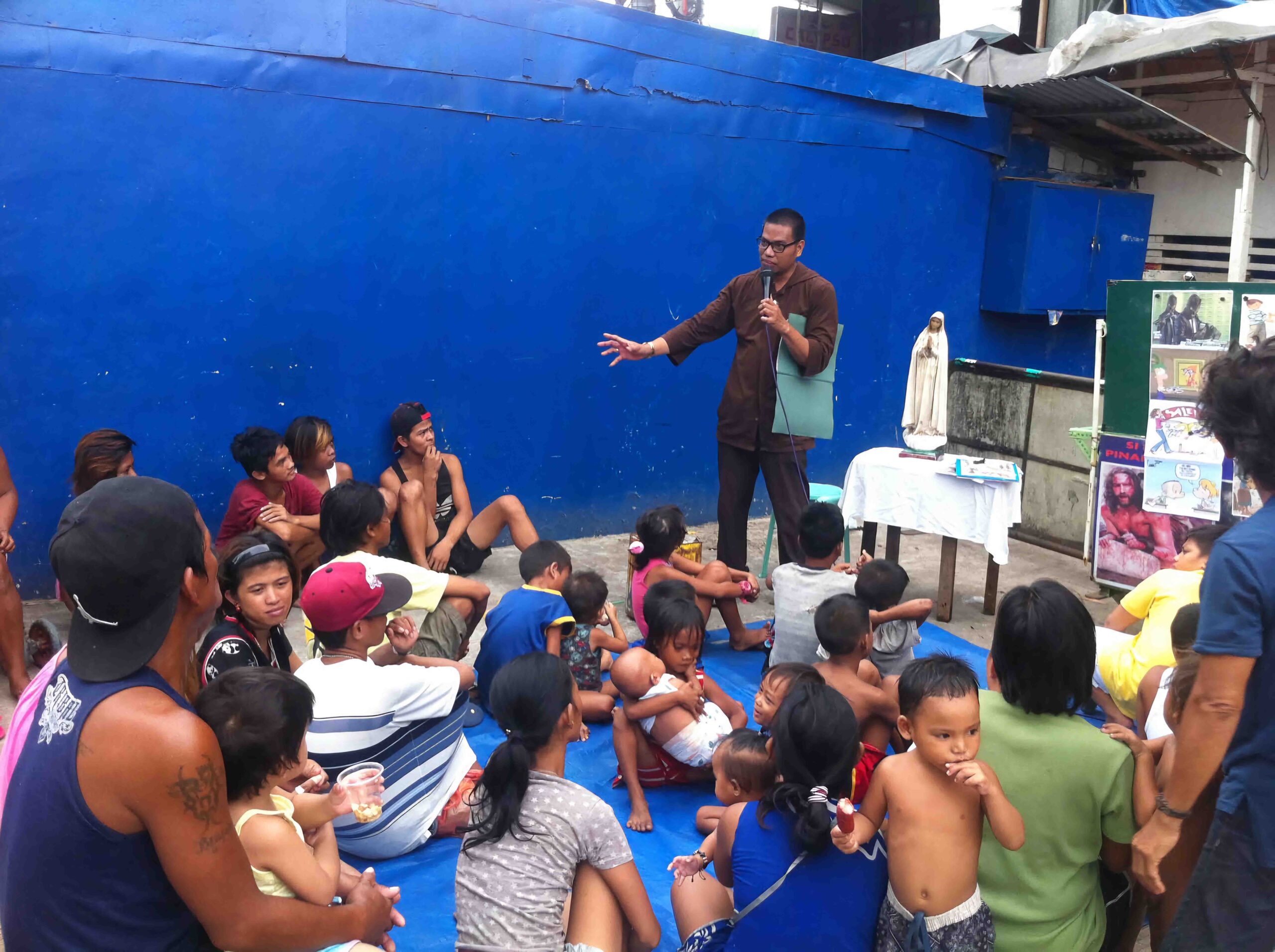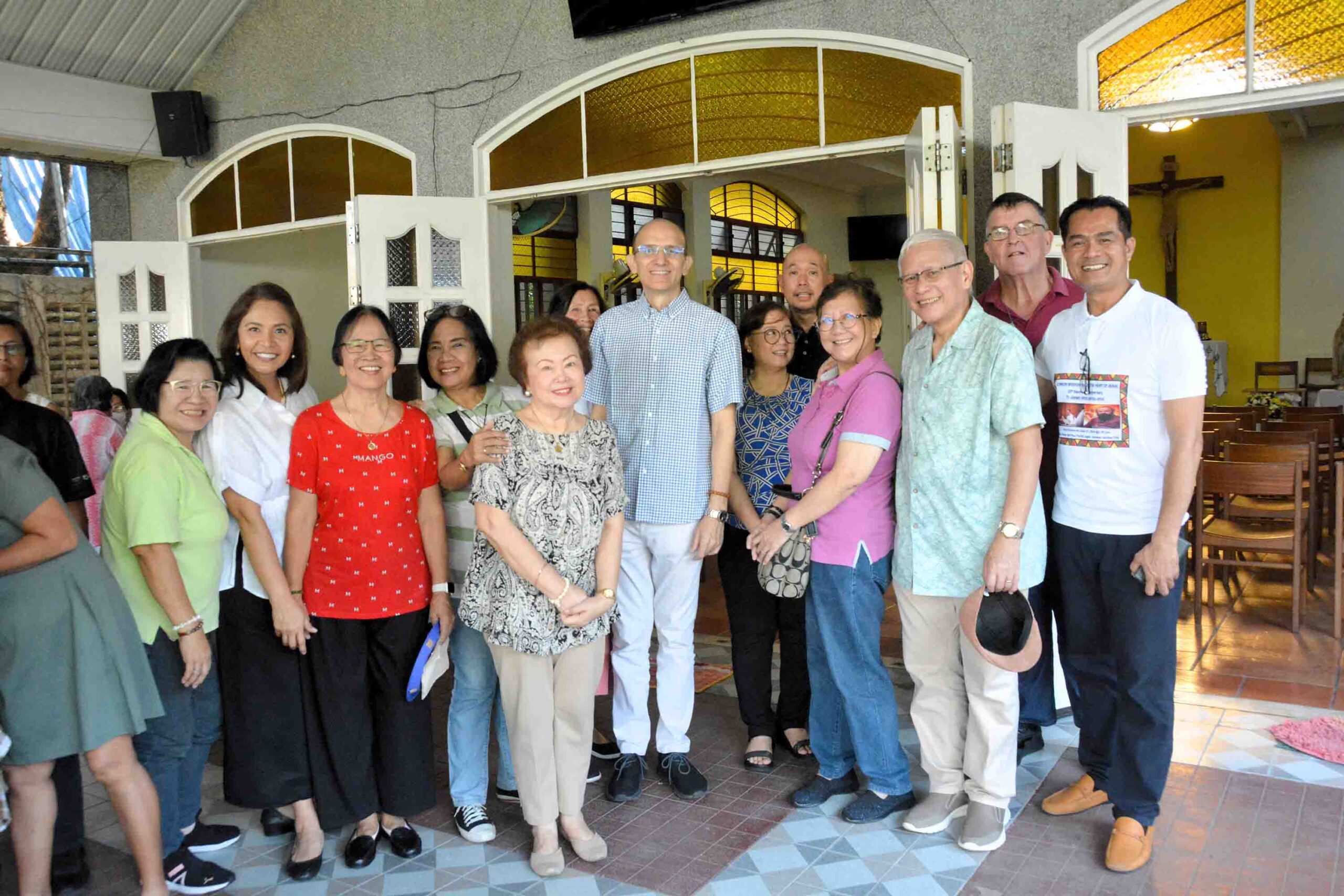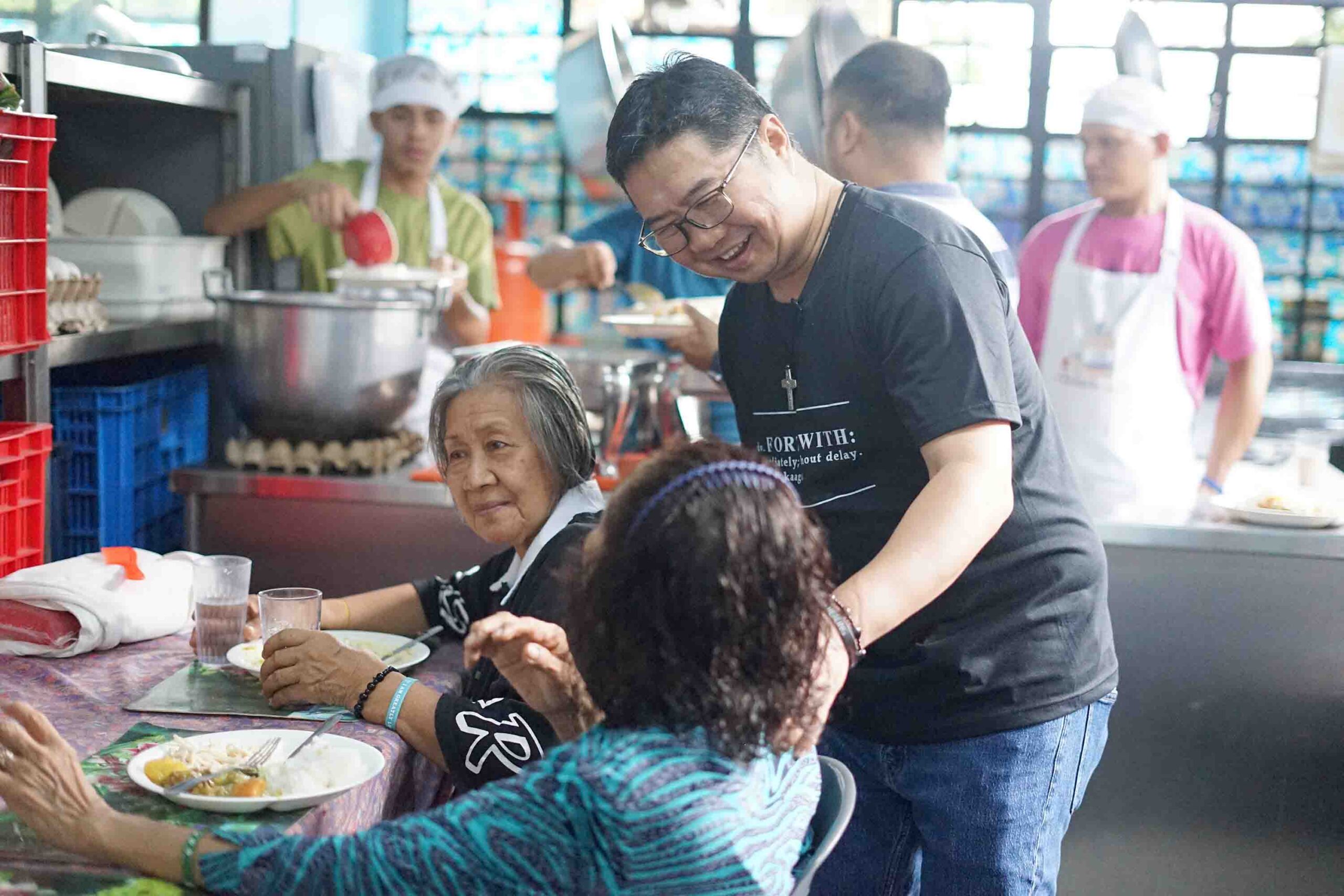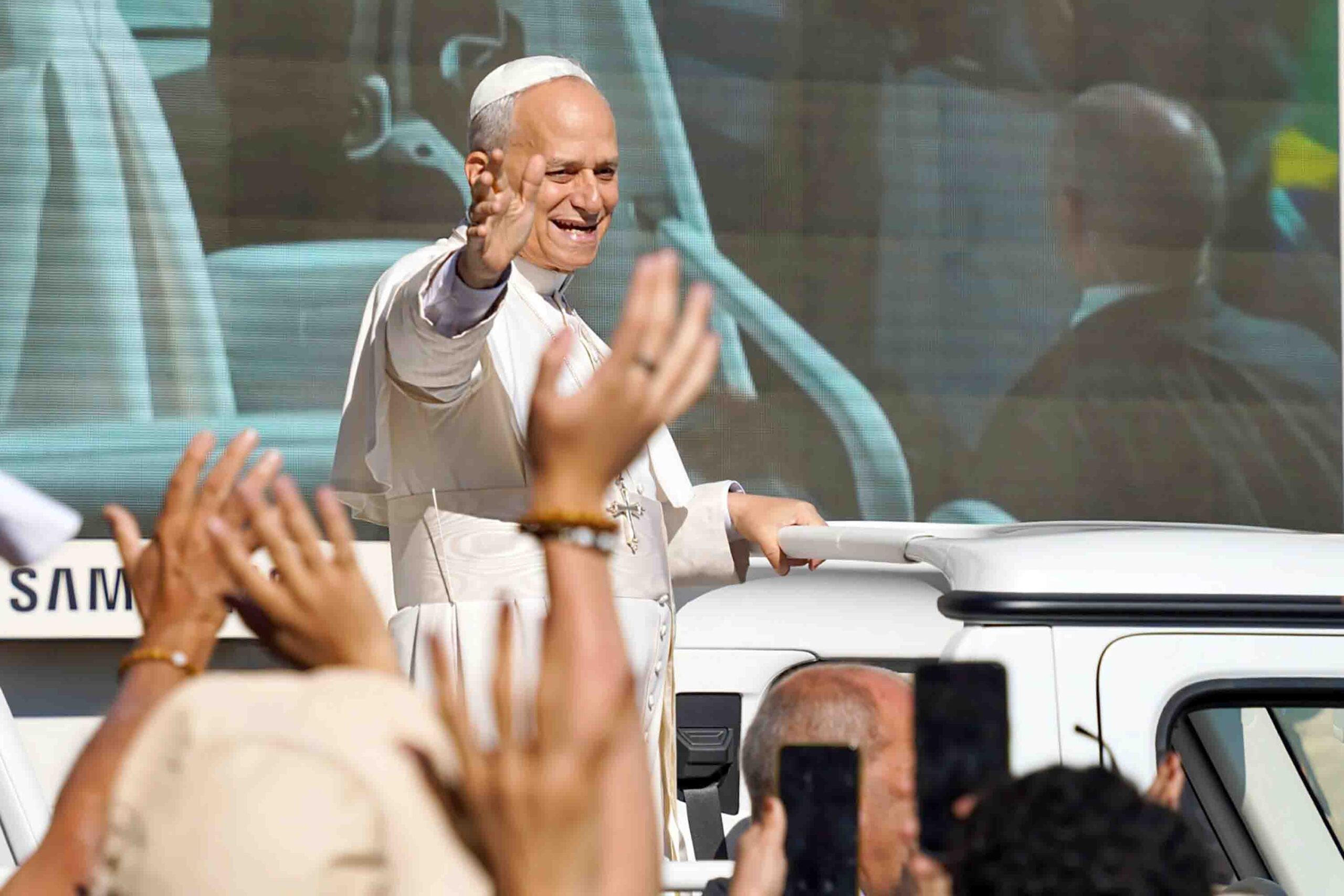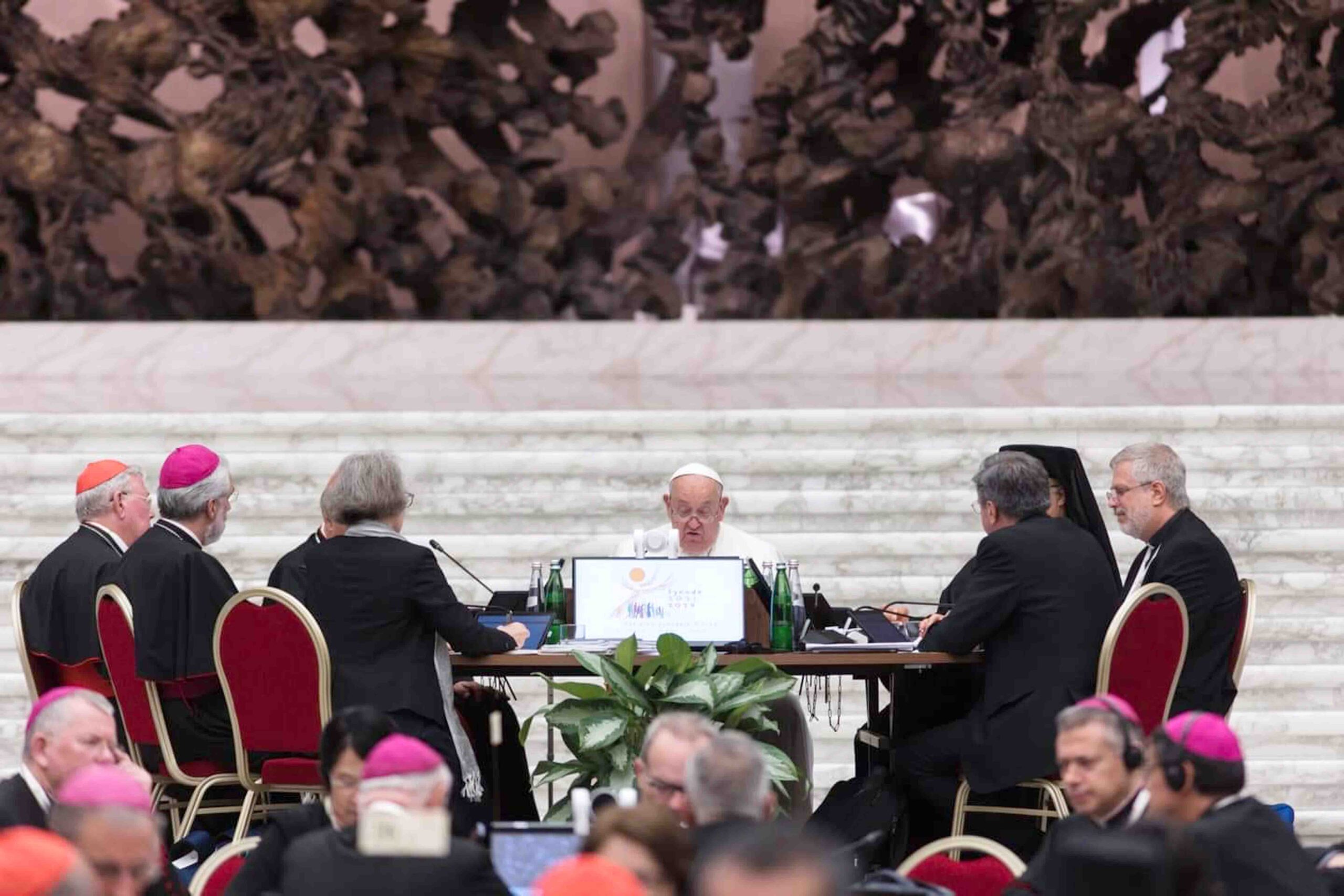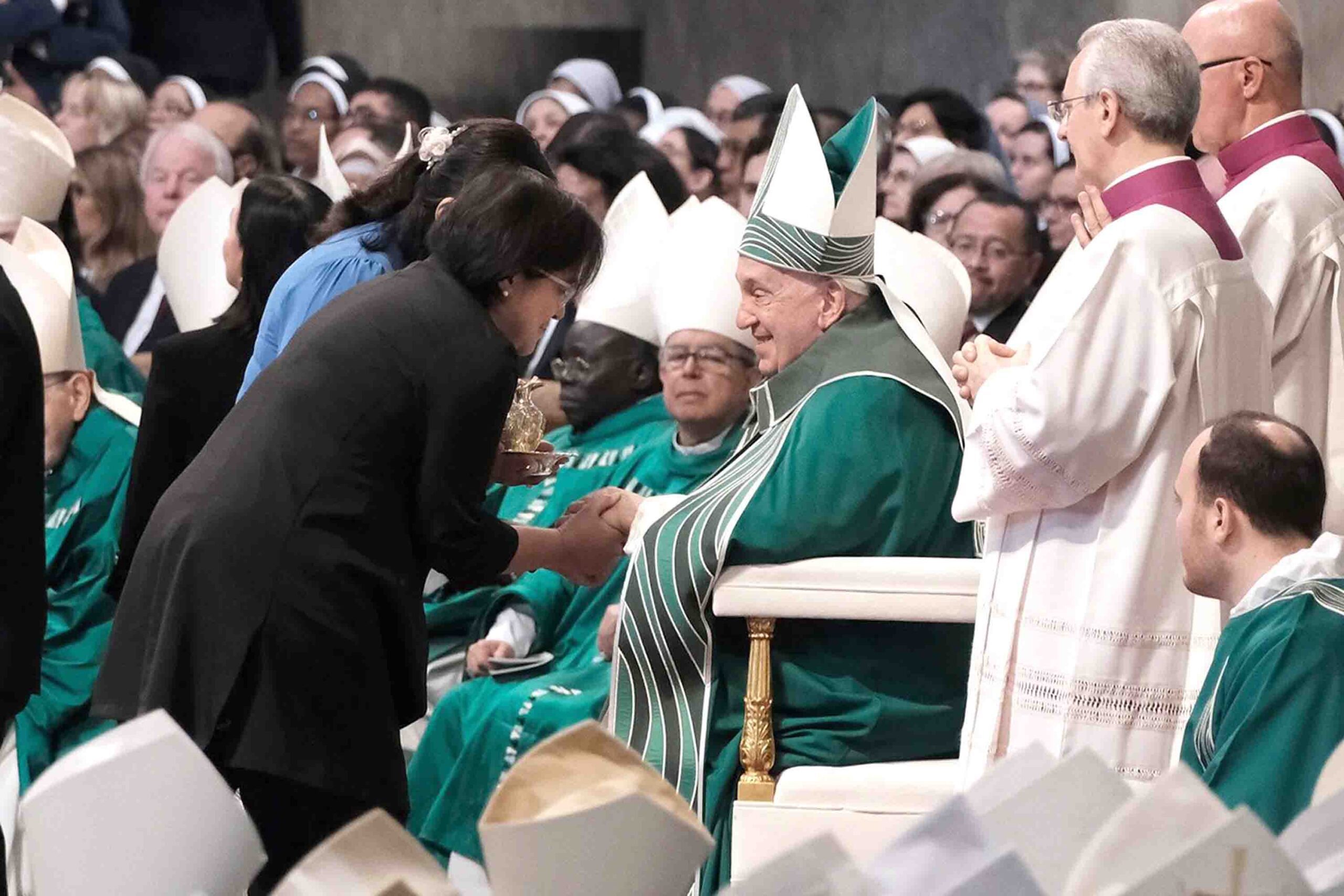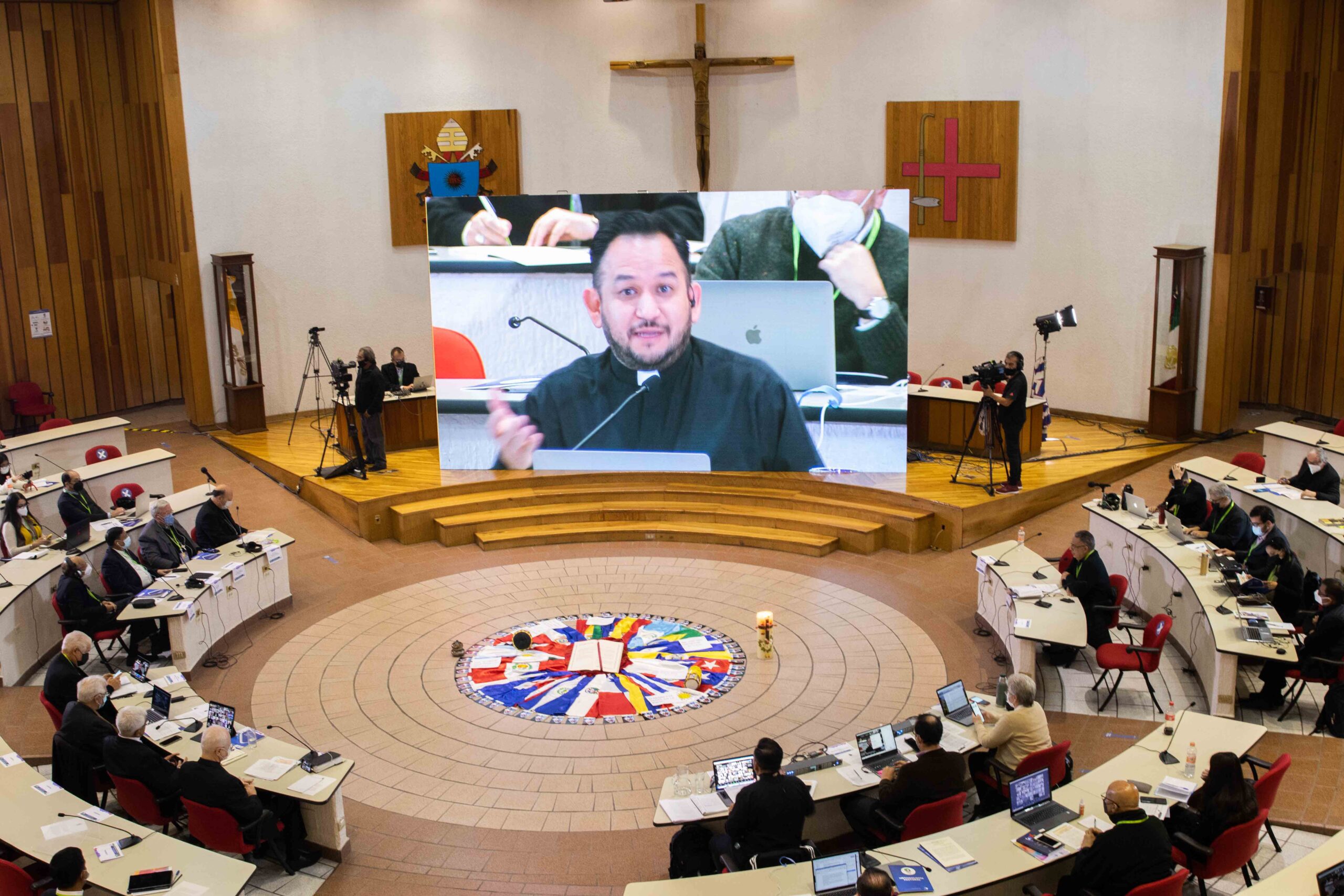Churches across the archipelago are overflowing with Mass attendees; sadly, not all are Mass participants. When participation is limited to the people’s involvement in the action of Christ the Priest in the liturgy, otherwise known as “common priesthood,” is it synodality?
The Philippines, a predominantly Catholic country, has become famous in the global scene for its rich tapestry of popular piety and religious practices. During traslacion, a sea of devotees accompanies the black statue of Hesus Nazareno. 365 days a year, the streets in various parts of the country are crowded during a procession in honor of the town’s patron saint. Annually, Marian supporters in Bicol flock the riverside during a fluvial parade in honor of Our Lady.
Outwardly, however, the active involvement of Catholics seems limited to the multiple practices of popular piety, town fiesta, and communal salu-salo. However, as the Final Document of the Synod on Synodality held in Rome (2023-2024) points out, synodal communion, participation, and mission are more than that.
FIESTAS
The Spanish missionaries taught us well: The first activity of every fiesta is the celebration of the Eucharistic Mass. They taught us that communion and participation must begin with Eucharist.
Born on August 19, Filipino Commonwealth President Manuel Luis Quezon scribbles in his autobiography: “The 19th of August was the town fiesta of Baler—the feast day of the patron saint [San Luis]. It was both a civic and a religious holiday. Under the old Spanish regime, on such occasions, there was a high mass at eight o’clock in the morning, and before the Mass started, they rang the church bells three times.”
After 500 YOC, from 1521 to 2021, and to this day, the Filipino communion and participation in fiestas, processions, and salu-salo remain vibrant. Popular religious practices are good, for they are extra-liturgical expressions of faith that are rooted in cultural and local practices.
But the liturgy and popular piety are not the same. Apparently, Filipinos have come to the point in their faith practices that the relationship between Catholic liturgy and popular piety is one of both tension and harmony. While liturgy is the official and structured worship of the Church, popular piety is optional.
SYMBOLIC VS REAL
A built-up tension just filled up the air, although the people may not know. Of course, popular piety can complement and enrich the liturgy, fostering a deeper faith. But tension does exist when popular piety, while rich and meaningful for many, can sometimes diverge from or even overshadow the centrality of the liturgy. This tendency indicates “an authentic understanding of the Christian Liturgy has been seriously compromised,” the Dicastery for Divine Worship warns.
One good example of this tension annually occurs during traslacion. On the one hand, the popular practices related to the Black Nazarene manifest a deep desire of the simple folk to touch and reach the invisible God, making them a generous people capable of offering physical sacrifice to God. These old practices, though sometimes unreasonable to others, involve an acute awareness of God’s providence and their trust in his Fatherhood and mercy. On the other hand, the behavior of a million devotees of our Lord carrying his cross appears to manifest an unexplainable, almost fanatic, desire to touch the black statue rather than to meet Jesus in the Holy Eucharist.
Synodal participation does not end with the people’s attendance at the Mass. Neither is it limited to lighting a candle in Quiapo Church, praying the rosary in a long Marian procession, or dancing with the image of Sto. Niño in a Sinulog festival. Authentic communion, participation, and mission are deeper than that.
Synodal participation is more than once-a-year-one-time event, albeit a solemn event. In communion, participation, and mission, we walk together as one holy People of God, listening together in ecclesial discernment, consensus-building, decision-making, and implementation.
Synodal communion, participation, and mission invite all, leaving no one behind. They constitute a dynamic involvement not just in the action of Christ the Priest in the liturgy, but also of Christ the Prophet in evangelization and Christ the Shepherd in governance.
Have you observed the parish community from Monday (priest’s day off) to Friday? Is there communion, participation, and mission on those days, in which one million parishioners—the number of Catholic residents according to the parish record—are co-responsibly involved?
The synodal process is a collaborative effort involving all members of the Church. In the Philippines, this means reaching out and engaging with people from all walks of life, including the poor who are deeply involved in popular devotions but gone after the fiesta.
José Mario Bautista Maximiano is the lead convenor of the Love Our Pope Movement (LOPM) and author of the book Church Reforms 4: Pope Leo XIV, Church Reforms, and Synodality (Claretian, 2025). Church Reforms 1, 2, and 3 are available at Lazada and Shopee. Email: jomaximiano@gmail.com

